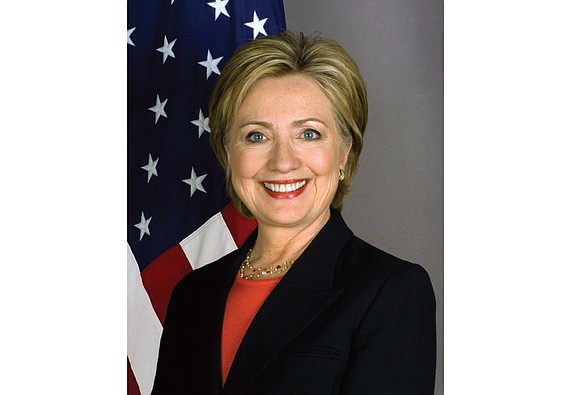How did Hillary Clinton win popular vote, but lose election?
11/18/2016, 7:26 a.m.
Special from Trice Edney News Wire
In last week’s presidential election, Republican Donald Trump won 289 Electoral College votes, more than the 270 needed for him to become the nation’s 45th president.
Mr. Trump will move into the White House on Jan. 20.
Yet his Democratic opponent, Hillary Clinton, won the popular vote. She currently leads Mr. Trump by more than 700,000 votes — 61.3 million to 60.6 million — with several million votes left to be counted. Mrs. Clinton conceded the race, acknowledging Mr. Trump as the winner.
How can this be?
The Electoral College system, which was championed by James Madison, the nation’s fourth president and one of the country’s Founding Fathers, is based on protecting slavery, according to numerous history scholars.
Mr. Madison was a Virginia slaveholder.
In 1787 at the Constitutional Convention in Philadelphia, slaves accounted for 40 percent of Virginia’s population, making it the most populous of the 13 original colonies.
Some of Constitutional Convention attendees wanted the American people to vote directly for president. Mr. Madison, however, argued that a direct vote would disadvantage Southern states because Northern states had more white men, the only individuals allowed to vote at the time, and thus more voters. Black people couldn’t vote.
The convention attendees reached a compromise establishing the Electoral College, with each state given a number of electoral votes based on the state’s population. The compromise counted the whole number of free persons in the states, as well as “three fifths” of all other persons — black slaves. As a result, Southern states were given more seats in the U.S. House of Representatives and more electors who selected the president.
The meeting of the electors is where they vote for president and vice president, and the counting of the electoral votes by Congress.
Today, the Electoral College consists of 538 electors. A majority of 270 electoral votes is required to elect the president.
The Civil War ended slavery and the three-fifths of a man compromise, but the Electoral College is still in place.
Tuesday’s election is the fifth time in U.S. presidential history that the winner has lost the popular vote.
In 2000, Democrat Al Gore won 539,000 more votes than Republican George W. Bush, but President Bush won more Electoral College votes and claimed the presidency.
Following the Nov. 8 election, Change.org launched an online petition drive to persuade electors to cast their ballots for Mrs. Clinton — because she won the popular vote. On Dec. 19, Electoral College electors will vote from their individual states.
Change.org wants 3 million people to sign the petition. If the electors don’t vote the way their state voted, they will be fined, Change.org noted.
One of the critics of the Electoral College is President-elect Trump. In 2012, he said the Electoral College was “a disaster for democracy.”
Asked about that in an interview that aired last Sunday on CBS’ “60 Minutes,” he said, “I’m not going to change my mind just because I won,” he said. “But I would rather see it where you went with simple votes. You know, you get 100 million votes and somebody else gets 90 million votes and you win.”
However, Mr. Trump may have changed his mind. At 5:40 a.m. Tuesday, he Tweeted: “The Electoral College is actually genius in that it brings all states, including the smaller ones, into play. Campaigning is much different!”






